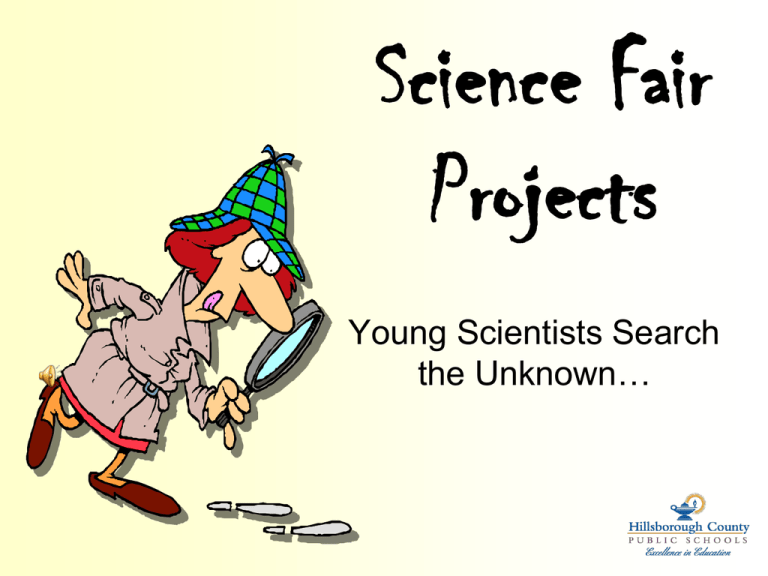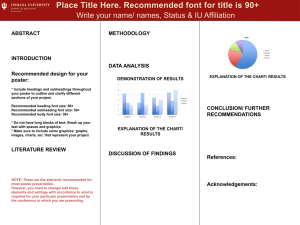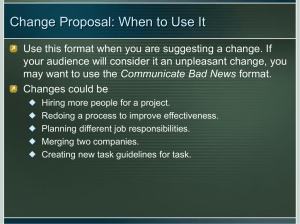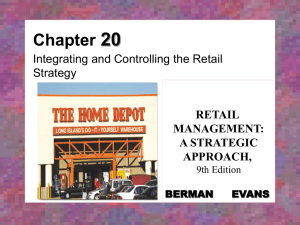Science Fair Informational Presentation
advertisement

Science Fair Projects Young Scientists Search the Unknown… Oh No! What do I Do? • • • • • What is a Science Project? What do I do First? How do I choose a topic? What’s a experiment? What do I do with all the information? Communication Tools • Parent Resources: • Science Fair Brochure – Updated 2011 • Parent Resource Guide • Science Fair Parent Power point Importance of Science Projects? • • • • • Allows for a variety of learning styles Real world application Hand-on approach to learning Encourages higher order thinking Allows students to investigate what they are interested in • Students are responsible for their own learning • Cross- curricular Think of a Science Project as an extended assignment, with three distinct phases. #1 – The Planning Phase Most detailed part… includes: Journal….journal….journal • • • • deciding what to do Doing some research Forming a hypothesis Writing the experiment plan KEY: Keep It Simple! #2 - The Experimentation Phase The fun part…includes: • Actually conducting the experiment • Collecting and recording the data • Seeing if the hypothesis was correct #3 – The Artistic Phase The creative part…includes: • Putting the information on a showboard • Having an organized plan • Being artistic in creating an attractive & interesting presentation Purpose My Title Graph 90 80 70 60 Hypothesis East West North 50 40 30 20 10 0 1st Qtr Data Procedure: 2nd Qtr 3rd Qtr 4th Qtr 90 80 70 60 East West North 50 Materials 40 30 20 10 0 1st Qtr Variables 2nd Qtr 3rd Qtr 4th Qtr Results Conclusion Step-by-Step Directions Research Paper Optional Data Logbook …In Search of a Topic http://paintcartoon.blogspot.com/2008_03_16_archive.html Questions to Ponder….. 1. What is the temperature on Venus? 2. How does a tree grow? 3. How many raisins are in the most popular brands of cereals? 4. When can I find the most worms in my backyard? 5. How do airplanes fly? Questions to Ponder….. 6. What is the fastest animal in the world? 7. What plants grow best in the shade? 8. Does air exert pressure? 9. How much can a caterpillar eat in one day? 10. How big is the moon? Purpose Tells why the investigation is being done. It is written as a statement from the topic question. Example: The purpose of this project is to find out… Hypothesis • Now we will research the topic and find out some of the secrets under investigation! • Once this has been conquered then and only then can the Sizzling Scientist reveal what are his/her possible answers to the question being investigated. • Don’t forget to give your reasons why the results of the experiments will turn out the way you have stated! Procedure (The Plan) • Materials - What materials will you need for your secret experiment? - Be sure to list all materials, the type, and amount (in metric ). Variables • Manipulated (Independent ) What is being changed in the experiment on purpose. (What you are testing) • Responding (Dependent) The measurable result of what is being changed in the experiment. (What you are measuring) • Held Constant All the things that are kept the same or controlled during the experiment. Step by Step Directions (The recipe) • Write them clearly so someone else can follow them. • Be specific and not too lengthy. • Remember to indicate how many trials are necessary : Example “Repeat steps 3-6 four more times with each item being tested for a total of five trials”. Data The Dirt-The evidence! • The Data is kept in a chart or a table. • All the trials of the experiment must be indicated. (5 or more trials) • We encourage data collection in Metric units for grades 3-5 ; (K in non-standard, 1st-2nd in Standard units) • All data must be collected according to the math skills of each grade level BRAND Trial 1 (l) NAME Bounty Super All Natural Clean Sweep Trial 2 (l) Trial 3 (l) Trial 4 (l) Trial 5 (l) 2 3 3 3 2 3 4 1 3 2 3 2 3 1 3 4 2 3 4 4 Graphs ( a picture of the results) • It is an organized way to display the data collected during the investigation. • There are two main types of graphs. 1. Bar Graphs- (most common type of graph) Displays data that does not occur in a continuous manner Ex. (Number of burgers eaten) 2. Line Graphs- Displays data that occurs in a continuous manner Ex. (Growth of a plant over a controlled period of time) 50 45 40 35 30 25 20 15 10 5 0 Plant A Plant B Plant C Week 1 Week 2 Week 3 Week 4 Results • Write paragraph or a short list of the results from your experiments. • You are not analyzing just yet-just listing! Conclusion (Summary) • The analysis of the data as it relates to the original hypothesis. It should include: - Whether or not your data supports your hypothesis. - A description of any problems. - What would you do differently next time? Showboard • Advertise your project using a Showboard! • Make it colorful • Use a creative titleIt doesn’t have to be a question. • Make sure the components are placed in order-they should flow (check out the layout) Requirements • All projects must have a Data Log - The log should be in the form of a notebook or tablet showing evidence of student work throughout investigation period. - All entries in the log should have dates for each part of the project. - Logs may be hand-written or typed. Example: 11/3/10 Today I chose my topic. My topic is…The purpose of my project is… 11/8/10 I researched my topic and wrote my hypothesis. My hypothesis is… Extra! Extra! ‘Research’ All About It! • A Research Paper may be included and placed in a separate Research Folder. • Extra data, photos, and information may be included in the Research Folder. …Science is Everywhere! http://www.pickinsplinters.com/2009/10/08/open-thread-thursday-october-8th-2009/#comment-7264 School Entries Class Projects Individual Projects Small Group Projects ENTRIES ALLOWED PER SCHOOL ENTRIES ALLOWED PER SCHOOL ENTRIES ALLOWED PER SCHOOL K - 2: 1 per grade 3 - 5: 2 per grade 3 - 5: 4 per school and 1 additional project* from an exceptional education group may be included per school For More Information Contact: •Shana Tirado •Elementary Science Supervisor •Shana.Tirado@sdhc.k12.fl.us •Barb Brightman •Elementary Science DRT •Barbara.Brightman@sdhc.k12.fl.us •Jonathan Gerlach •Elementary Science DRT for Title I Schools •Jonathan.Gerlach@sdhc.k12.fl.us Original presentation Created By: Yvonne Rotolo 2009 Adapted for use by Elementary Science Department, Fall 2010











